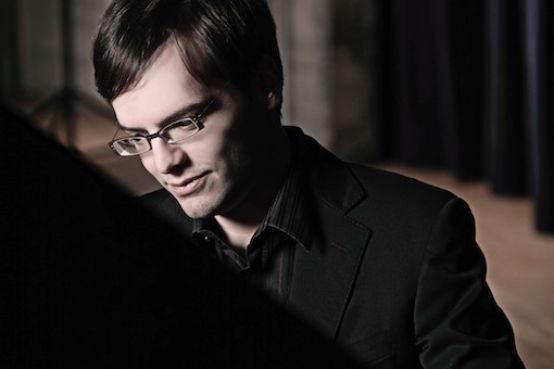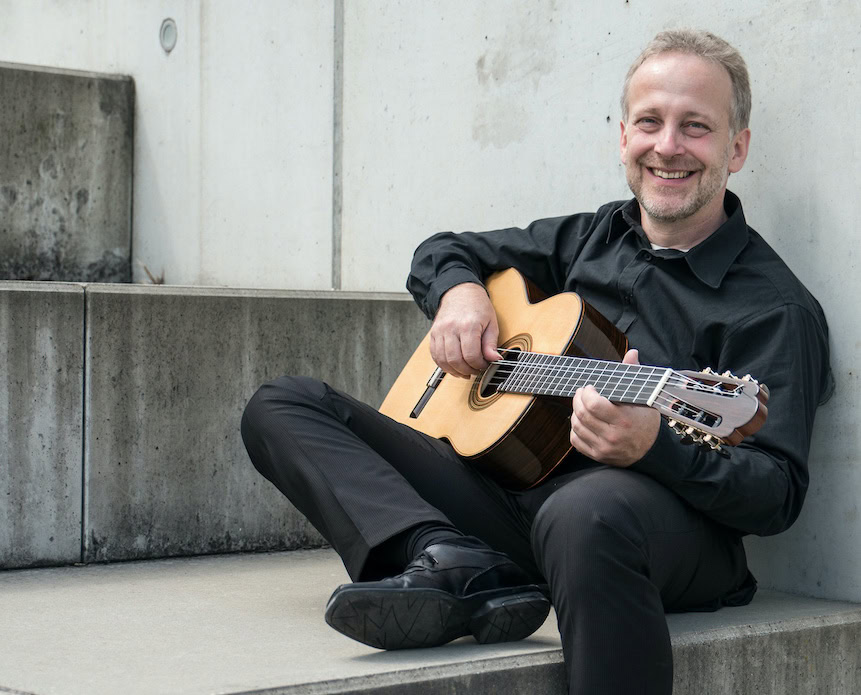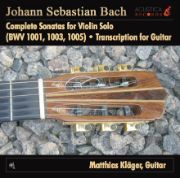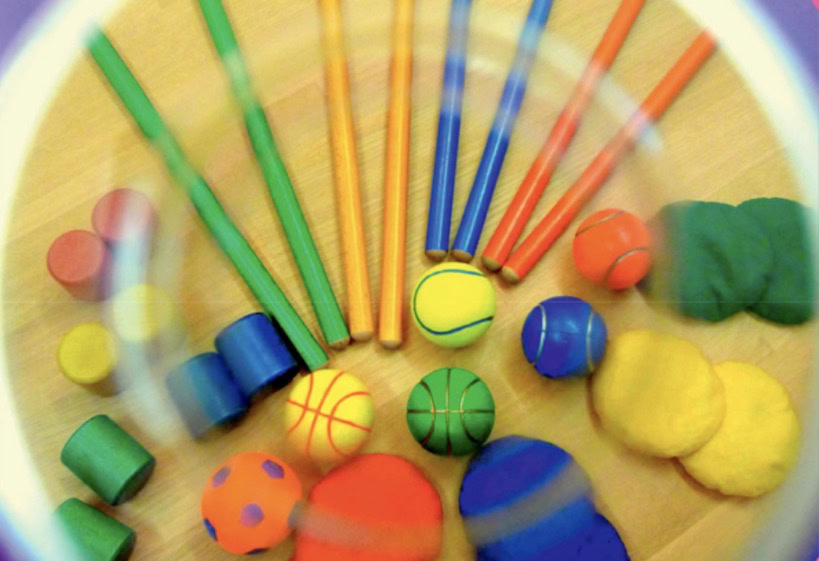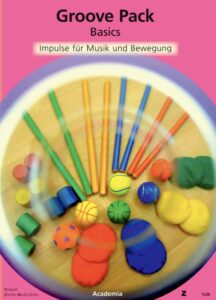Strings are an inexhaustible topic. They are available in vast quantities under a variety of trade names in different tensions and gauges, materials and price categories, and the choice of string depends on the instrument, personal circumstances and preferences. Important factors are certainly the intensity of practicing, the nature of the nails and the construction of the instrument. In any case, it is interesting to explore different string types and gauges on your instrument.
Scale length and material
The different string gauges are labeled low, medium and high tension or something similar. Unfortunately, most manufacturers do not specify the tensile force and tension with which a guitar is loaded by the different string gauges. Each string is manufactured in such a way that it reaches its pitch at a certain tension and a tension length of 65 cm. The load on each individual string is around 6 to 7 kg, i.e. a total of approx. 40 kg string tension for a guitar with a 65 cm scale length.
Manuel Rodríguez Senior, the author of the book Life and Experiences in Guitar Making, used a spring balance to determine the load on strings that were stretched and tuned over 65 cm and over 63 cm. With the 63 cm scale length, each individual string was on average about 0.5 kg less loaded. The whole guitar would therefore be about 3 kg, almost 10 percent less tensioned than a guitar with a 65 cm scale length. Conversely, of course, the tension also increases if we stretch the same set of strings over a longer distance. In practice, this means that we might choose a set of strings with a lower tension for a longer scale length than for a short scale length instrument, so that we don't over-tension one and under-tension the other. Rodríguez is of the opinion that in the long run, extremely high tension strings do more harm than good to a guitar. What is certain is that the strings should be chosen to suit the construction of the instrument. Highly tensioned sets of strings on a lightly built instrument will almost certainly lead to deformation of the top, while lightly tensioned strings will hardly make a robustly built guitar sound good.
The bass and treble strings are made of different materials. The three bass strings
are made of nylon silk and wound with copper or silver wire, occasionally also the third string, the G-string. The treble strings are made of solid nylon. For some time now, polyvinylidene fluoride (PVDF) has also been used for them, a material with a significantly higher density than nylon. The strings are therefore thinner with the same pitch and therefore "livelier" and more responsive. Among guitarists, these PVDF strings are also known as "carbon strings".
